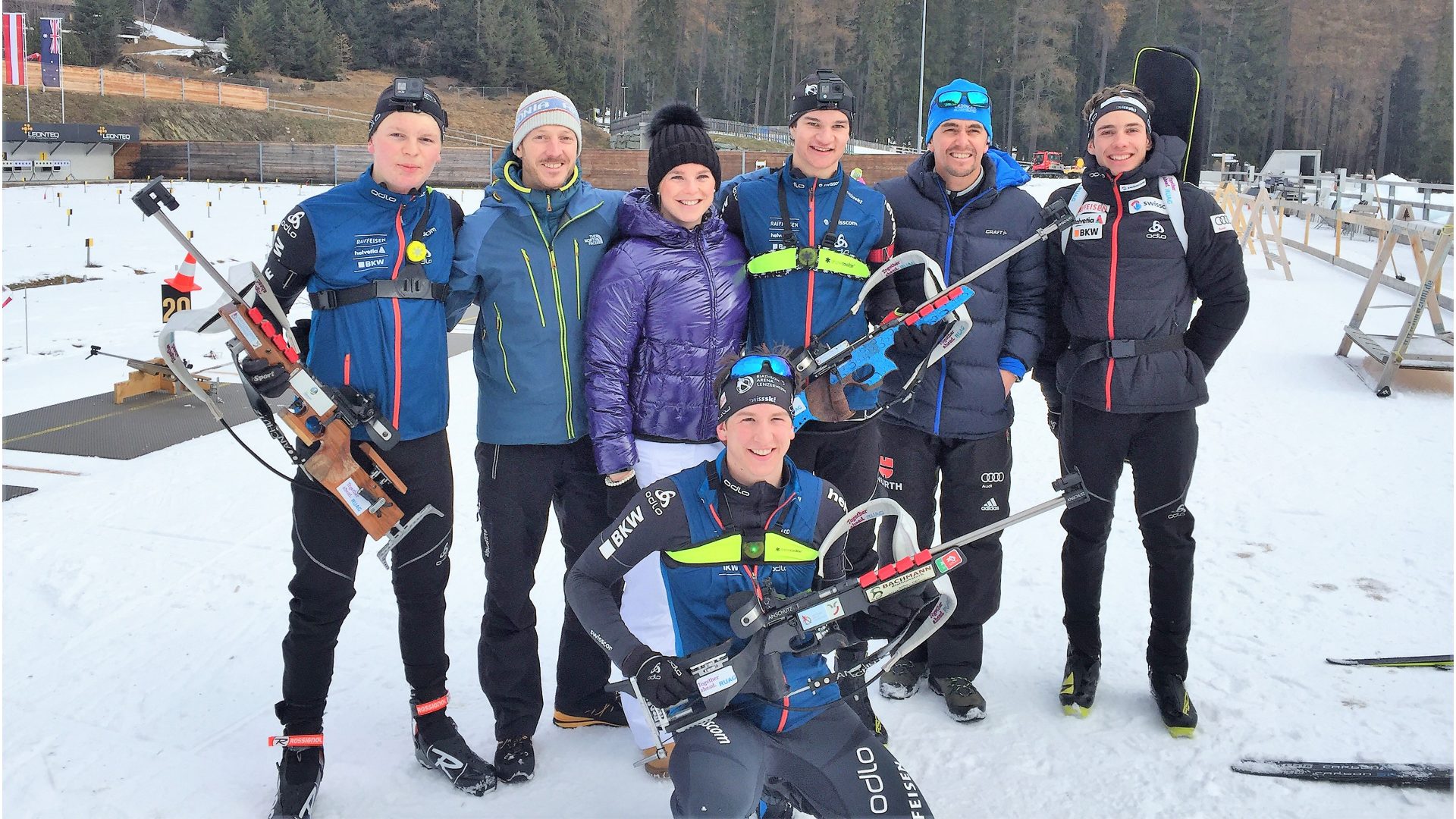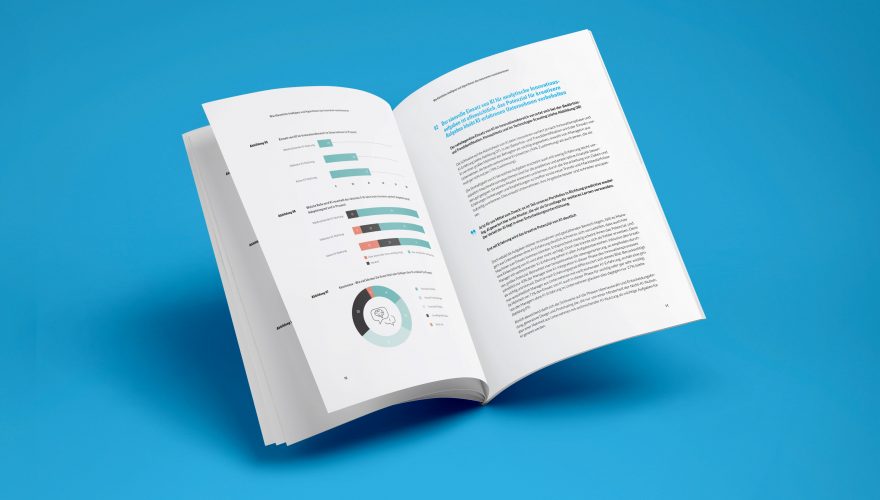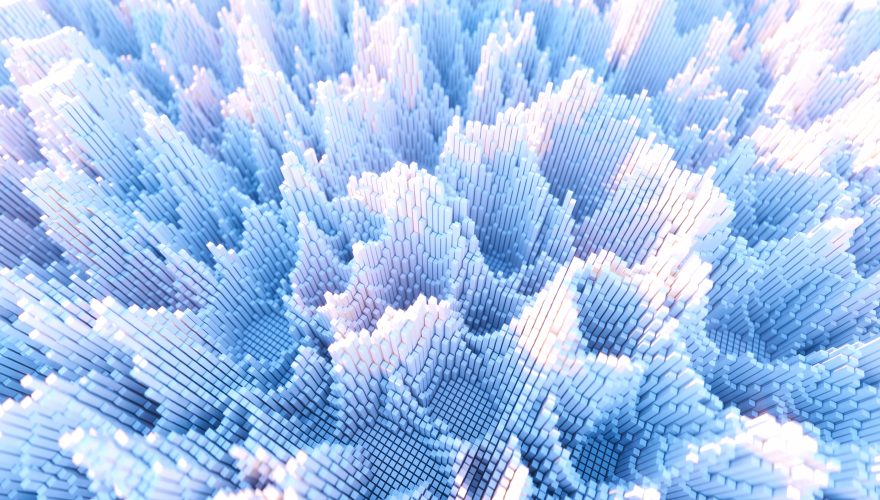It means much more and is far more elaborate than we might associate it with when we think of rule-based systems and assistants that appeal to human emotions or make assumptions that a person is in a certain state (such as stress).
Genuine emotional intelligence is more than just a flashing coffee cup in the car cockpit, which in correlation with kilometres travelled assumes that the driver is tired and needs a break. Also goes beyond the Tamagotchi, which in the 1990s made many owners of a palm-sized pet.
The start-up TAWNY is an example of true emotional intelligence. Biometric data such as heart rate variability or electrodermal resistance of the skin are measured using wristbands in order to classify the human emotions and states of over- and underload as well as flow. This information is then passed on to networked devices in order to make them empathic.
Emotional intelligence is NOW.
No, I won’t tell you anything about a brave new world, not a vision of the future, nothing about dreams. Emotional intelligence is NOW.
Dr. Michael Bartl, Managing Director of TAWNY
In the Swiss Biathlon Arena Lenzerheide, TAWNY together with the Swiss pros in the Biathlon and the innovation department of Red Bull Media House led by Andreas Gall, Simon Piercher and Daniel Peter carried out the first tests to predict the probability of the athletes’ hits based on biometric patterns. The three-time Olympic biathlon champion Michael Greis and four other young professionals enthusiastically participated in the project to decode the DNA of their FLOWS*.
In fact, a physiological pattern was identified using AI to estimate the probability of a hit on the target at any given moment. The most remarkable result of the analysis is that there seems to be a threshold value above which the probability of hits at the shooting range increases considerably. Consequently, supporting athletes who learn to reach a state below the threshold can help improve their shooting performance.
This insight could not only change the training routine and method of athletes, but could also revolutionize the spectator’s sporting experience by providing additional information on the TV screen.
Richard Falkahi followed TAWNY on the trail. Did I say “on the trail”? We’ll see that it’ll be the fast lane.
Background
This FLOW is described as a happily experienced feeling of complete deepening and complete absorption in an activity (“absorption”). Mihály Csíkszentmihályi is considered the creator of flow theory, which he derived from the observation of various areas of life.


